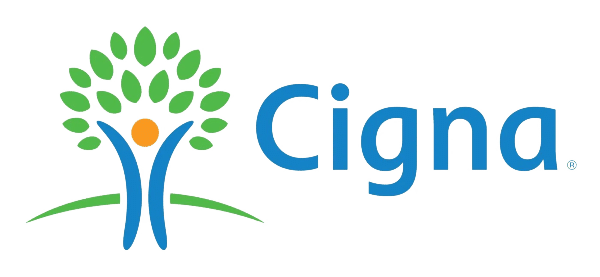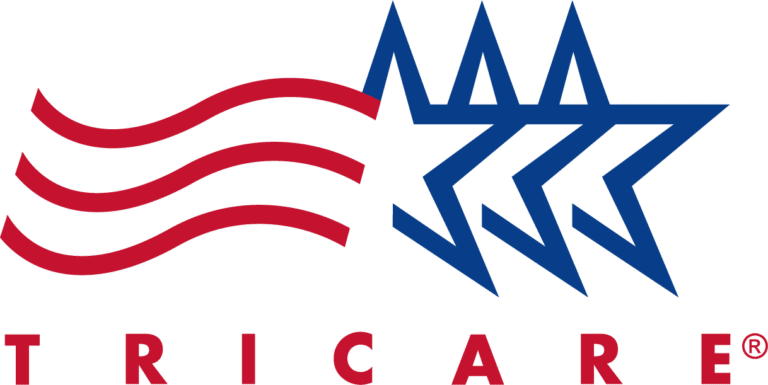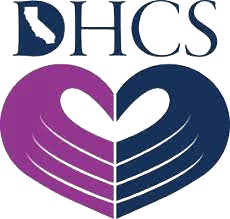Let’s begin this blog with a few eye-opening statistics: 21%-29% of those who are prescribed opioids misuse them, and 8%-12% develop an opioid use disorder. As alarming, 4%-6% of those who misuse opioids transition to heroin. What we want to illustrate with these numbers is just how easy it is to develop a life-altering (and life-threatening) opioid addiction.
The team here at Tres Vistas Recovery is all too familiar with these statistics, and we’re here to help. The first step in addressing an opioid use disorder is recognizing that there’s a problem, which is why we’ve pulled together some potential warning flags.
An extra pill here and there does matter
One of the first signs of a problem is if you or your loved one uses opioids in a way that isn’t prescribed. For example, you may take an extra pill here or there, or perhaps you take pills more frequently than prescribed. As we pointed out in the statistics above, this kind of misuse is an extremely slippery slope as your brain starts to rationalize taking more opioids than is necessary.
Watch out for Cravings
One of the most insidious aspects of an addiction is the uncontrollable cravings. This occurs as your brain’s pleasure centers begin to override normal neural transmissions, leaving even the most strong-willed among us helpless.
It’s important to note that these cravings don’t have anything to do with your pain but everything to do with new neural connections that have formed in your brain.
Obsession
If you find yourself counting down the minutes until you can take a painkiller or you panic if you can’t find your pills, these are warning signs. Many of our patients describe the side effects of an opioid use disorder as an obsession that slowly overshadows everything else in their lives.
So, if you find that your opioid use consumes your thoughts, it may be time to seek our help.
Isolation
Another warning sign is increasing isolation — you just want to be left alone, and you become more furtive so that others can’t see the problem. If you or a loved one begins to withdraw and lose interest in friends, family, careers, and even your sex life, this could spell the first signs of addiction.
Withdrawal symptoms
Addiction is one side of an opioid use disorder, and dependence makes up the other. If you try and stop taking opioids and you experience withdrawal symptoms, this signals a physical dependence. Withdrawal symptoms include:
- Anxiety
- Nausea and vomiting
- Shaking
- Gastrointestinal upset
- Chills
These symptoms are often enough to send you back to opioids for relief.
A quest for more opioids
When you have an opioid use disorder, you’ll go to great lengths to acquire more. Examples of this include making up or exaggerating symptoms with the doctor, claiming you lost your pills, or worse, transitioning to heroin.
If you suspect you or a loved one is developing an opioid use disorder, the earlier we can intervene, the easier the road is to recovery. That said, no matter where you may be in your addiction, we’re here to help through our intensive outpatient services. Please contact our San Juan Capistrano, California office to learn more.














